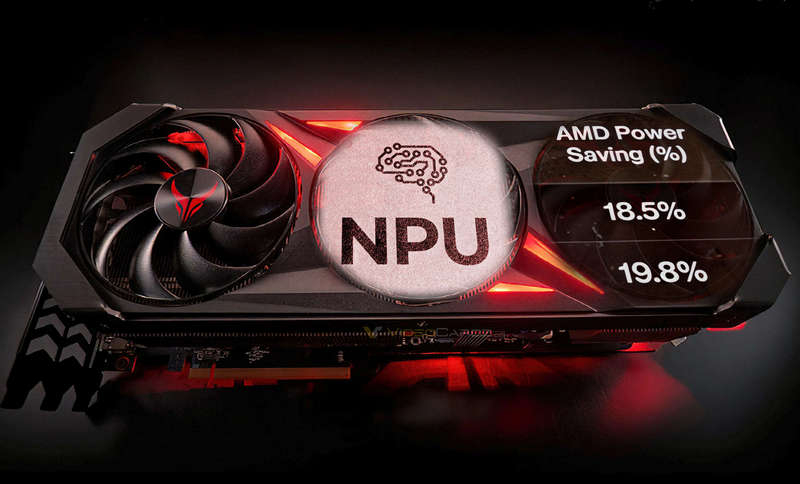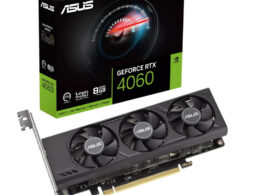At Computex 2024, tech giant PowerColor unveiled a unique prototype of its Radeon graphics card that utilizes a discrete artificial intelligence processor (NPU). In a game-changing move, the card’s incorporated NPU, supplied by Kneron, boosts the graphics card’s efficiency during gameplay by reducing its power consumption without significantly compromising its performance. Tests have confirmed the effectiveness of the NPU in minimizing the card’s energy usage.
Power consumption tests executed by PowerColor showed a decline in the power consumption of Cyberpunk 2077 game from 263.2 watts to 205.3 watts, marking a 22% saving. Similarly, substantial savings were noted during the gameplay of Final Fantasy XV. While the built-in energy-saving mode by AMD offers a savings rate of 18.5%, PowerColor and Kneron have reported a 20% reduction, suggesting the system performs slightly better than claimed.
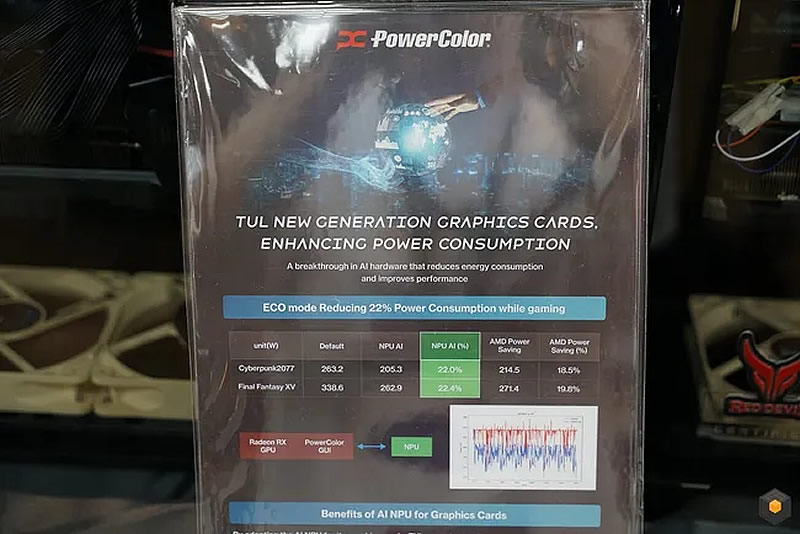
According to a VideoCardz report, the technology evaluates the images in real time on both software and hardware levels. Additionally, parameters such as GPU temperature and fan speed are monitored and adjusted on the fly based on the gathered data, optimizing the graphics card’s operation without experiencing significant performance loss.
The Kneron chip supports two modes – ECO and Boost – which can be switched between using proprietary software. The ECO mode intelligently determines changes in GPU temperature and dynamically adjusts fan speed. Conversely, the Boost mode dynamically regulates power consumption and GPU heat dissipation, strictly monitoring power usage to assure high performance and stability.
Independent tests have confirmed that PowerColor’s technology not only reduces energy consumption but also results in about a 10% reduction in frame rate during gameplay compared to the standard mode. For instance, in Final Fantasy XV, the frame rate decreased from 118 FPS without optimization to 107 FPS with active NPU. Hence, the primary aim of the technology is energy conservation, not performance enhancement.
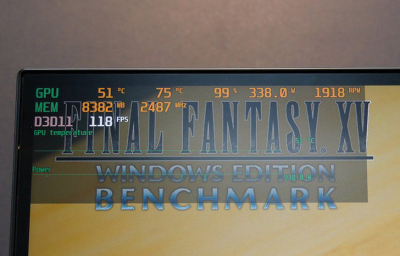
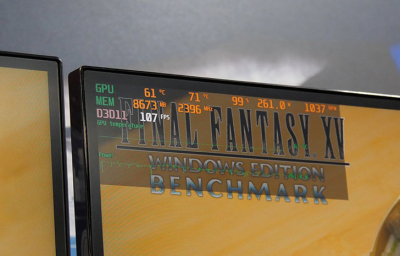
In 2023, the trend of integrating NPUs became popular with Intel being the first to implement such processors into their Core Ultra and Meteor Lake laptop models for battery conservation, given that artificial intelligence computations heavily tax processors. For desktop PCs, neural processors are less relevant as modern last-gen GPUs can execute similar computations effectively.
The release date of PowerColor’s NPU-integrated graphics cards remains undisclosed. The market can likely expect the appearance of the first models later this year. It will also be interesting to see whether AMD will incorporate NPU technology into its future graphics cards, a trend led by its Ryzen 8000G processors. As experts note, the functions that PowerColor has implemented using the NPU could potentially be realized through software methods.

